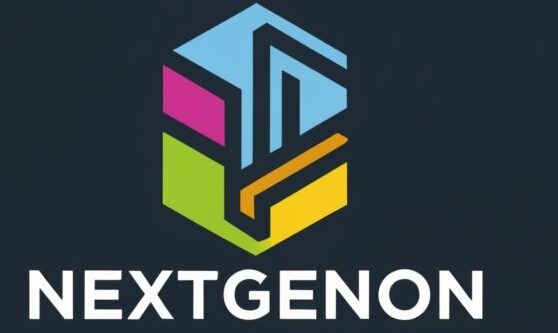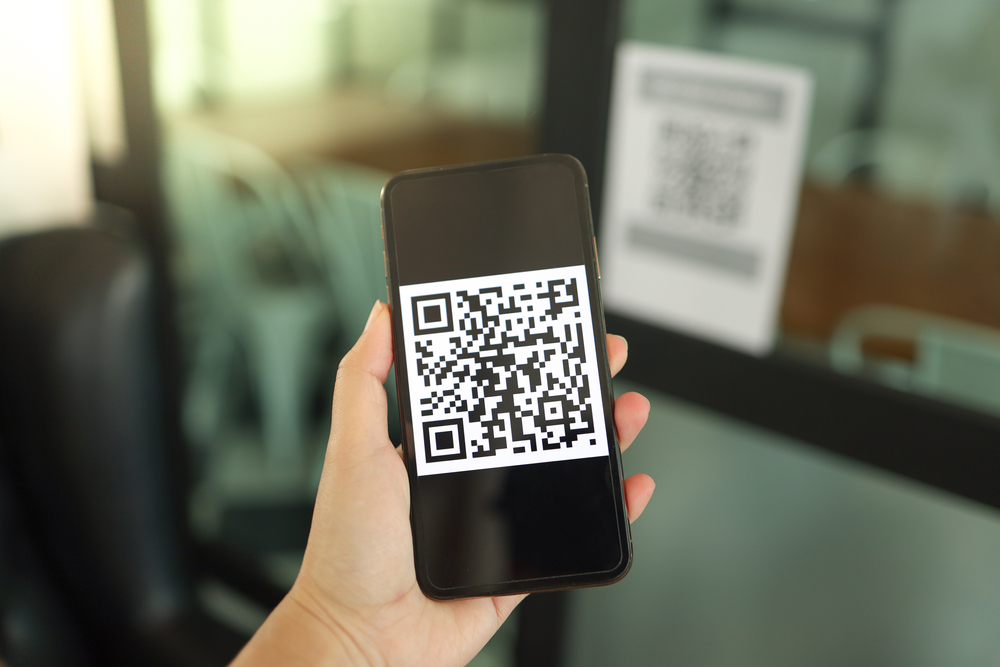In the digital age, businesses are constantly seeking innovative ways to gather actionable insights and enhance customer experiences. Quick Response (QR) codes have emerged as a dynamic tool in this quest, fostering a symbiotic relationship between physical and digital realms. This article explores how QR codes, when integrated with data analytics, unlock a treasure trove of information, empowering businesses to make informed decisions, personalize interactions, and optimize processes.
- Capturing Consumer Behavior:
QR codes provide a direct link between the physical world and digital platforms. When consumers scan a QR code, they not only access information but also leave a trail of valuable data. Data analytics can then be applied to analyze this information, offering businesses insights into consumer behavior. This includes tracking the frequency of scans, popular products or services, and the effectiveness of marketing campaigns, enabling businesses to tailor their strategies to align with consumer preferences.
- Personalization and Targeted Marketing:
The data gleaned from QR code scans allows businesses to create detailed customer profiles. By analyzing these profiles, companies can personalize marketing efforts, delivering targeted content and promotions. For instance, a retail business can use QR codes to offer discounts on items related to a customer’s previous purchases, enhancing the overall shopping experience and fostering customer loyalty.
- Optimizing Campaign Performance:
QR codes are frequently employed in marketing campaigns across various channels, including print, digital, and social media. Data analytics play a crucial role in evaluating the performance of these campaigns. Businesses can track metrics such as conversion rates, click-through rates, and customer engagement levels associated with QR code scans. This data-driven approach allows for the optimization of marketing strategies, ensuring that resources are allocated to the most effective channels and messages.
- Supply Chain Visibility:
Integrating QR codes into the supply chain facilitates real-time tracking and visibility. Each scan of a QR code at different stages of the supply chain provides data on the movement and status of products. Data analytics can then be employed to analyze this information, leading to more efficient inventory management, reduced lead times, and enhanced overall supply chain performance.
- Feedback and Customer Surveys:
QR codes can serve as gateways to customer feedback and surveys. By linking QR codes to online surveys or feedback forms, businesses can gather valuable opinions directly from consumers. Analyzing this data provides insights into customer satisfaction, areas for improvement, and emerging trends. This proactive approach allows businesses to respond quickly to customer needs and preferences.
- Event Tracking and Attendance Monitoring:
For events, conferences, and trade shows, QR codes are invaluable for tracking attendance and participant engagement. By analyzing scan data, event organizers can gain insights into attendance patterns, popular sessions, and participant demographics. This information informs future event planning, ensuring that resources are allocated effectively and the overall experience is optimized for attendees.
Conclusion:
QR codes, when combined with data analytics, offer businesses a powerful tool to harness valuable insights from the physical world. From understanding consumer behavior and personalizing interactions to optimizing marketing campaigns and enhancing supply chain visibility, the applications are diverse and impactful. As businesses continue to embrace digital transformation, the synergy between QR codes and data analytics provides a roadmap for informed decision-making, fostering innovation, and ultimately improving the overall customer experience.

